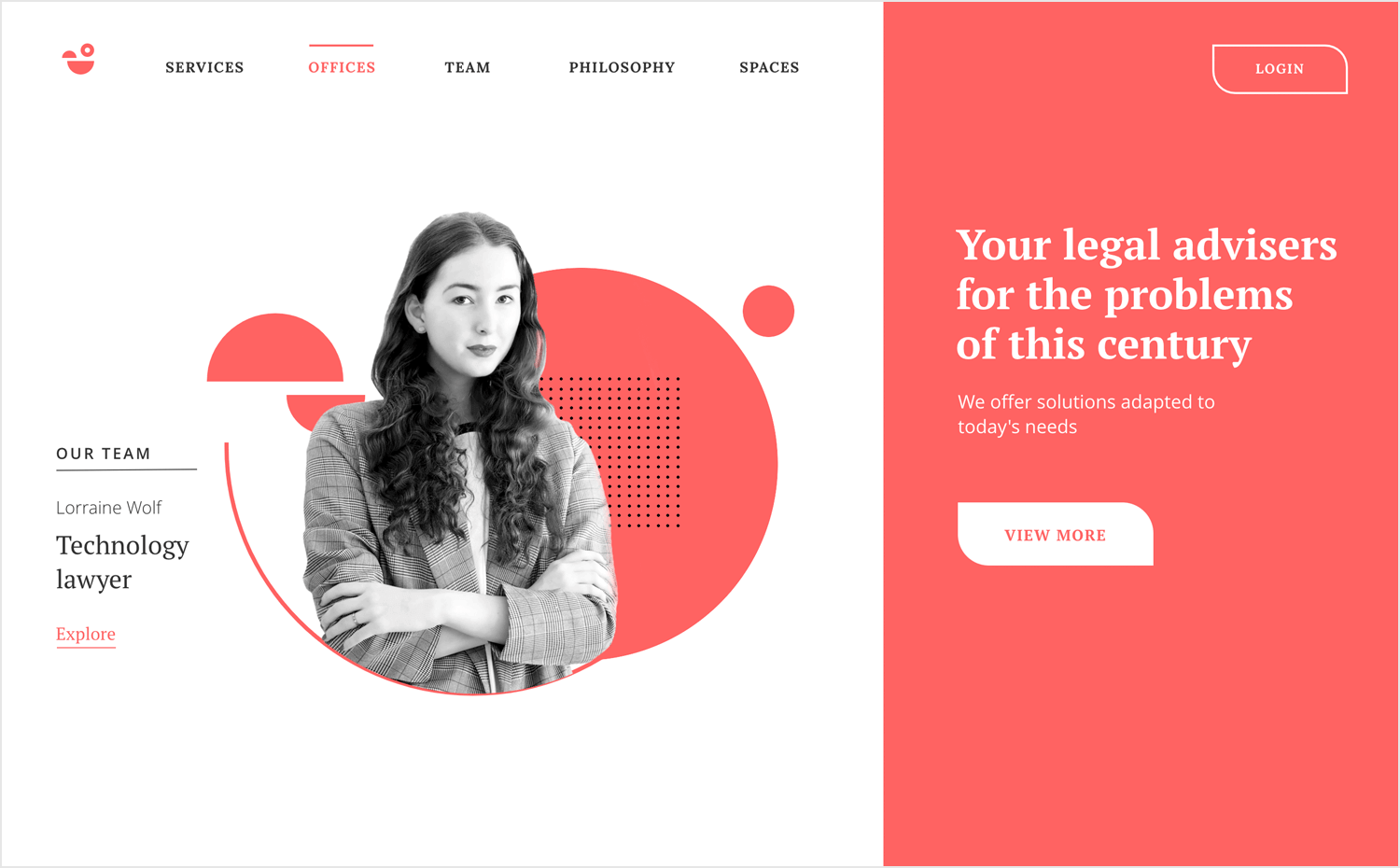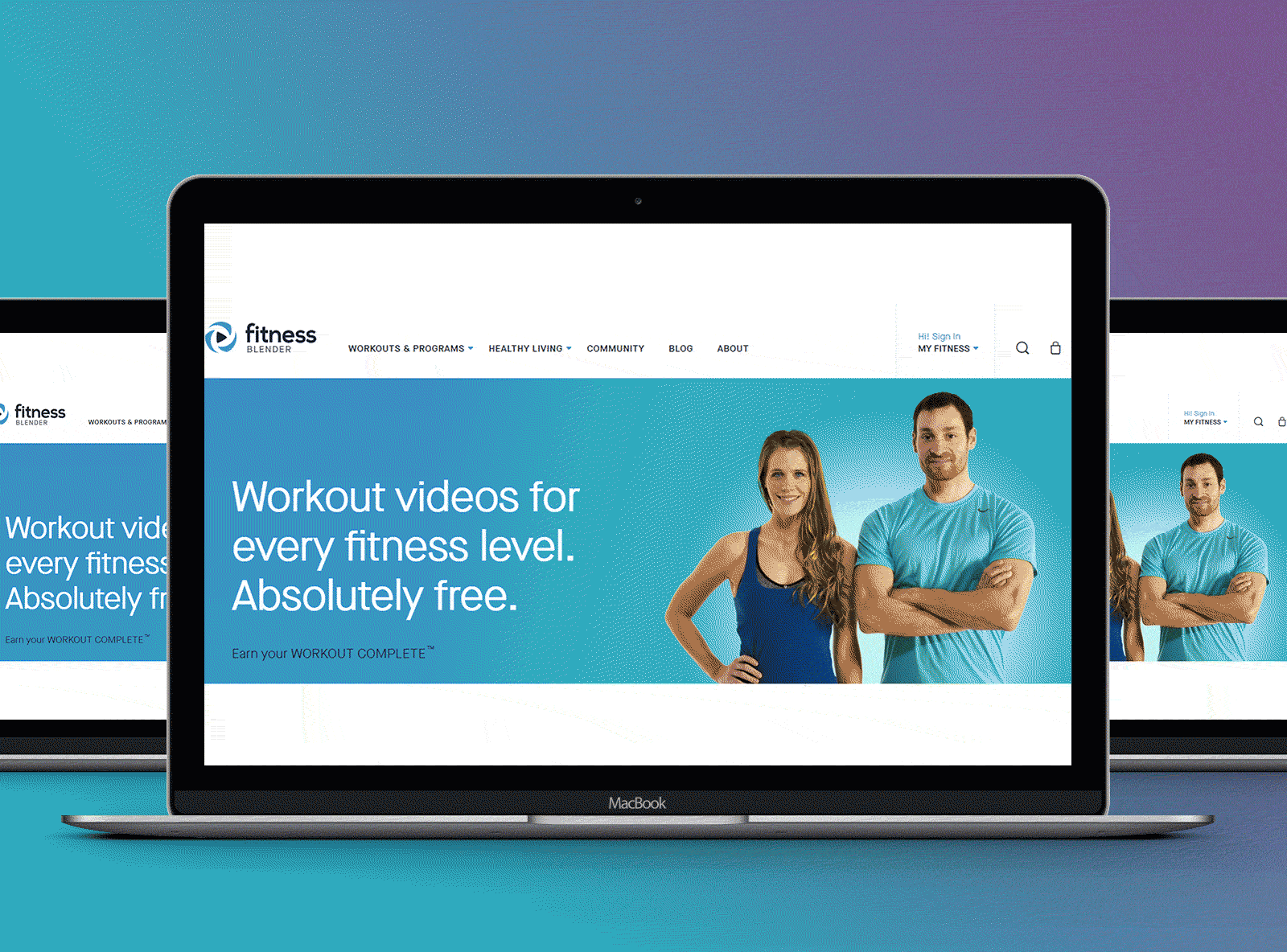Why Responsive Website Design is Essential for Mobile Users
Why Responsive Website Design is Essential for Mobile Users
Blog Article
The Power of User-Centered Website Layout in Growing Your Online Audience
Reliable layout principles-- such as intuitive navigation and ease of access-- are vital in fostering individual fulfillment and loyalty. What techniques can companies adopt to guarantee their designs resonate with users and inevitably drive development?

Recognizing User-Centered Design
User-Centered Design (UCD) is an essential approach to website development that focuses on the demands, preferences, and habits of end individuals throughout the style process. This method highlights recognizing users deeply-- via research approaches such as meetings, surveys, and functionality testing-- to develop a web site that resonates with them. By including user comments at every stage, designers can make sure that the end product straightens carefully with customer assumptions.
UCD promotes repetitive style, where prototypes are examined and fine-tuned based on customer interactions and experiences. This cycle not only improves functionality but additionally cultivates a sense of possession amongst users, as they feel their input is valued and impactful. Furthermore, UCD assists determine possible obstacles and discomfort points in the individual journey, enabling developers to resolve these difficulties proactively.
Ultimately, embracing UCD results in sites that are a lot more instinctive, appealing, and reliable. By positioning individuals at the center of the layout procedure, organizations can create electronic experiences that not just attract yet likewise retain their target audience, driving greater fulfillment and commitment. In an affordable online landscape, this approach is important for attaining sustained success.
Secret Principles of Individual Experience
An effective user experience (UX) pivots on a number of vital concepts that direct the layout procedure and improve communication in between users and the internet site. Firstly, use is critical; the internet site has to be instinctive, permitting individuals to browse quickly and find details rapidly. This includes clear labeling and a logical structure that minimizes cognitive load.
Secondly, accessibility plays a vital duty in guaranteeing that all users, regardless of their specials needs or capabilities, can effectively engage with the website. Including alt text for pictures, key-board navigating, and screen visitor compatibility fosters inclusivity.
Consistency is one more crucial concept. A natural design language, from color pattern to typography, assists users develop knowledge and count on with the internet site (Website Design). It also reinforces brand identity
Furthermore, comments devices are crucial. Individuals ought to get prompt and clear reactions to their activities, whether with visual cues or confirmation messages, which boosts their confidence in navigating the website.
Last but not least, mobile responsiveness can not be overlooked. With an increasing number of individuals accessing websites via smart phones, a layout that adapts seamlessly to different display sizes is vital for preserving a favorable user experience.

Advantages for Online Engagement
Efficient online involvement provides numerous advantages that can substantially boost a site's overall performance - Website Design. By fostering significant communications in between individuals and the website, companies can cultivate a dedicated target market that returns with regularity. Involved users are a lot more likely to share material, thereby boosting organic reach and bring in brand-new visitors via word-of-mouth promotion
Enhanced online interaction additionally brings about boosted individual complete satisfaction. When individuals find a web site that reverberates with their requirements, they are much more inclined to explore its offerings thoroughly, which can lead to higher conversion prices. Furthermore, appealing content urges individuals to spend even more time on the site, lowering bounce rates and positively influencing internet search engine ranking algorithms.
In addition, efficient engagement provides invaluable insights into individual preferences and behaviors (Website Design). By examining user communications, organizations can customize their content and style approaches to fulfill the progressing expectations of their audience. This adaptive method not only increases involvement however additionally strengthens the brand name's reputation as user-centric and responsive
Ultimately, focusing on on-line involvement with user-centered layout creates a flourishing ecological community where both the organization and the audience benefit, leading to sustained growth and success in the digital landscape.

Methods for Reliable Layout
To maximize the benefits of online involvement, utilizing specific methods in site style is vital. Initially, intuitive navigation is vital; users ought to quickly find information without confusion. A well-structured menu, clear labels, and a logical pecking order enhance the customer experience and decrease bounce prices.
Second, receptive design is essential in today's multi-device environment. Making certain that a website adjusts seamlessly to different display dimensions fosters ease of access, therefore accommodating a more comprehensive audience. This versatility not only improves user contentment yet likewise positively impacts internet search engine positions.
Third, the see post use of visual power structure overviews users' attention to essential aspects, such as phone call to action (CTAs) Using contrasting shades, varying font dimensions, and tactical spacing can effectively direct individuals towards wanted activities, facilitating higher interaction.
Additionally, carrying out consistent branding across all web pages constructs depend on and acknowledgment. A cohesive shade imagery, typography, and plan reinforce brand identification and produce an expert look.
Last but not least, maximizing loading speeds is crucial. Customers check are less likely to involve with a slow-loading site, making performance optimization an essential facet of effective style. By including these strategies, site creators can enhance user experience and ultimately expand their online target market.
Real-World Success Stories
Success tales in user-centered site design illustrate the tangible benefits of focusing on customer experience. As a result, they experienced a 250% increase in online donations, showing how an intuitive layout can drive user interaction and support.
Another engaging instance is that of Airbnb, which made use of user-centered design principles to improve their booking process. By simplifying the individual trip and incorporating individualized recommendations, they dramatically decreased website desertion rates. This concentrate on user experience added to a profits development of over 70% in a solitary year, underscoring the connection in between well-designed interfaces and financial success.
Additionally, the ecommerce giant, ASOS, implemented individual testing to refine their mobile app. By resolving user discomfort points, they accomplished an impressive 30% boost in mobile sales. These examples highlight that buying user-centered design not just boosts individual complete satisfaction but also drives tangible business results, reinforcing the crucial role of user experience in attaining online growth.
Verdict
To conclude, user-centered internet site style works as a critical strategy for boosting on the internet target market engagement. By focusing on individual needs and choices, services can develop user-friendly and obtainable electronic experiences that cultivate commitment and drive conversions. The assimilation of customer comments throughout the layout procedure not only minimizes bounce rates however additionally urges exploration. Eventually, adopting reliable user-centered layout concepts can dramatically add to an organization's success in a competitive more information digital landscape.
User-Centered Design (UCD) is a fundamental strategy to web site development that focuses on the requirements, choices, and habits of end users throughout the style procedure. By incorporating individual feedback at every phase, designers can make certain that the last item straightens closely with user expectations.
A successful user experience (UX) hinges on numerous crucial principles that guide the style process and boost communication in between individuals and the internet site.Success tales in user-centered web site layout highlight the substantial benefits of focusing on individual experience. These instances highlight that investing in user-centered style not just improves user satisfaction but also drives tangible service results, reinforcing the vital duty of user experience in attaining on-line growth.
Report this page